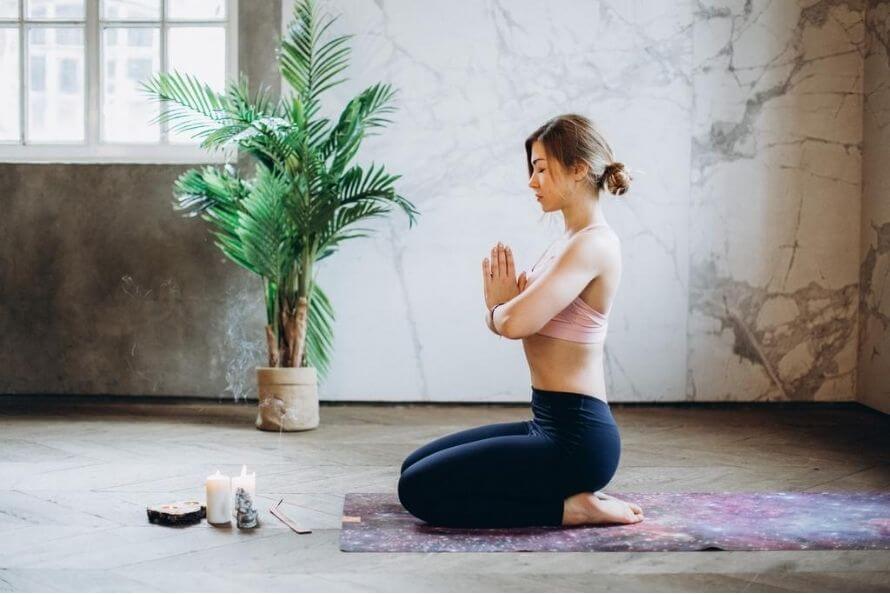Choosing the right type of yoga
Are you a beginner and don't know which yoga to choose? In our article discover the different types of yoga and find the one that suits you. Would you choose an active yoga or a calmer style of yoga?
The different styles of Yoga explained
Nowadays, there are all types of yoga, from kundalini to hatha and vinhasa, as well as all intermediate styles of yoga. It is difficult to find one's way around.
The essence of yoga is much deeper than just practicing yoga postures. However, it is usually the first thing you hear when someone asks you: what style of yoga do you practice?
For many people new to yoga, it is primarily about learning and practicing postures or asanas.
The benefits are now widely known and everyone agrees that yoga can greatly help you find a healthy balance between body and mind. Yoga sessions are also ideal for opening your chakras.
There are many yoga schools and a multitude of online yoga classes. That's why it's pretty easy to get lost when you're just starting out.
In any case, we often ask ourselves the question " What type of yoga is best for me? ".
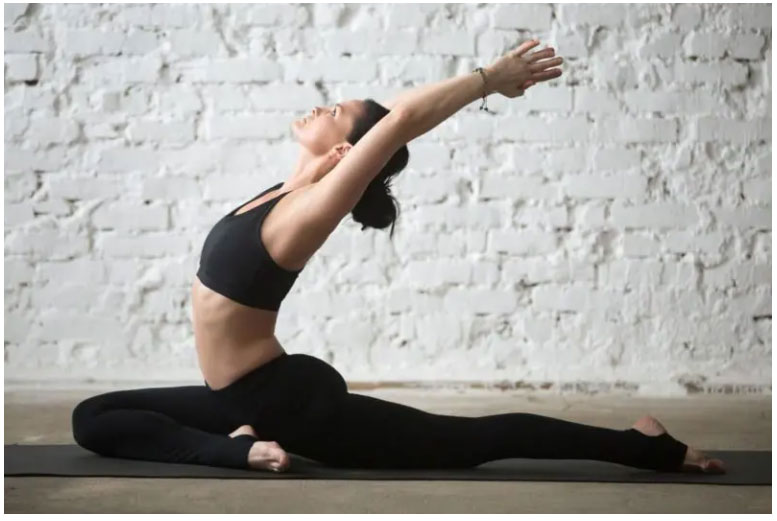
What types of Yoga are there?
There are many types of yoga that you can practice indoors or at home through online classes. Here are the most popular styles of yoga today:
• Vinyasa Yoga
• Hatha Yoga
• Restorative Yoga
• Power Yoga
• Bikram Yoga
• Hot Yoga
• Yin Yoga
• Yoga Nidra
• Ashtanga Yoga
• Kundalini Yoga
• Iyengar Yoga
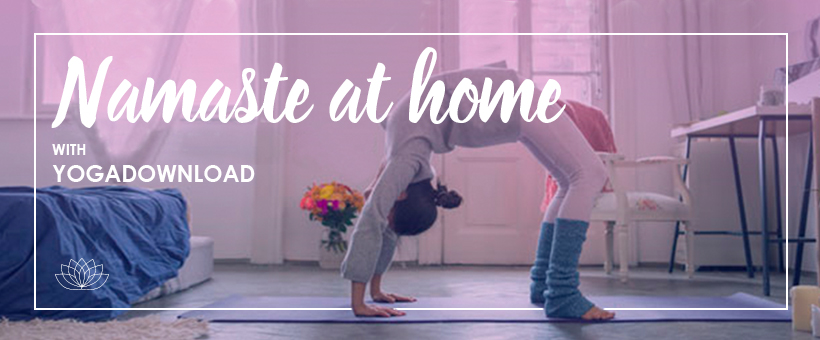
Hatha Yoga
Originally from India, Hatha Yoga is one of the first types of yoga offered.
Ha-Tha represents the connection between the sun (action) and the moon (internalization), and the goal is to learn how to control your body and your breathing.
It is mainly practiced through asana (physical exercises) and pranayama (breath control). Hatha Yoga promotes spiritual awakening and is close to meditation.
Unlike many other forms of yoga, the yoga teacher does not make adjustments to the postures. The teacher's role is more to give direction and energy, to encourage things to happen and to be a spectator.
Yoga postures are held a little longer with this style of yoga than with most "dynamic" forms, so it is a relatively "calm" style of yoga. The use of a meditation mat is very pleasant for sitting exercises and meditation.
Ashtanga Yoga
The founder of Ashtanga Yoga is Sri K. Pattabhi Jois, who learned yoga from his master Krishnamacharya.
Ashtanga means "eight limbs" referring to the eight limbs of yoga that the ancient Indian sage Patanjali describes in the "Yoga Sutras".
1. Yama: rules of life in relation to others
2. Niyama: rules of life in the relationship to oneself
3. Asana : the posture
4. Pranayama: Breathing
5. Pratyahara: control of the senses
6. Dharana: the power of concentration
7. Dhyana : mediation
8. Samadhi: unity
Ashtanga Yoga is a dynamic yoga method of linking a series of adapted postures. Generally practiced daily in the morning, when our vital energy is at its peak.
Classes are free, each person practicing according to his or her level, with the yoga teacher giving individual advice instead. The postures follow one another gently through a combination of breath and movement (vinyasas).
The absence of pause between the postures creates a kind of "flow". The most famous series of postures is "Series 1", ideal for beginners. Indeed the difficulties increase from series 1 to series 6.
Another important part of Ashtanga Yoga is the use of a special breathing technique called Ujjayi breathing. This technique helps to intensify the flow of energy in the body and to create more heat.
It purifies your body by making you sweat and get rid of excess toxins from the muscles and organs. Breathing and movement merge, promoting a calm and meditative state.
This practice is also therapeutic, healing old physical or emotional wounds or maintaining a healthy mind and body.
The regular practice of Ashtange Yoga develops flexibility, strength in a peaceful and calm mind. Today Ashtanga Yoga can still be practiced, but under the name of Mysore Style.
Power Yoga
Created in the United States by Beryl Birch Bendere, Power Yoga is a modern practice derived from Ashtanga Yoga, with immediate anti-stress and well-being benefits on the body.
Power Yoga is a series of postures that is practiced dynamically over shorter but more intense sessions than Ashtanga Yoga. More fun, it is often practiced to a lively and motivating rhythm of music.
It is recommended to be in good physical condition, without respiratory or cardiac problems.
Vinyasa Yoga
As a style of yoga, Vinyasa Yoga or Yoaga Flow is strongly inspired by Ashtanga and Power Yoga. The teacher will guide you from one pose to the next without stopping to talk about the subtleties of each pose.
The big difference? Vinyasa has no fixed series and orders of postures. He is much freer and more creative than his predecessors. Sessions are often varied thanks to the combinations and successions of different postures.
For example, the sessions are inspired by the evening and the morning, the rhythm of certain music, the sun and the moon, and even the movements you make while surfing.
It's a dynamic yoga that allows you to exercise while having the benefits of the more traditional Ashtanga yoga. It is also less repetitive and is very appreciated for its fluidity, creativity, rhythm and athleticism.
Iyengar Yoga
BKS Iyengar (creator of Iyengar Yoga) was like Sri K. Pattabhi Jois (founder of Ashtanga Yoga) a student of Master Krishnamacharya.
As a child, Iyengar had serious health problems which led him to learn yoga in a different way than the one taught by his teacher. From this foundation, Iyengar developed and perfected his own style of yoga.
Precision, concentration and alignment are very important in Iyengar Yoga. A true therapeutic yoga, his style relies heavily on the body's ability to heal itself.
The goal is to implement each posture as precisely as possible in order to achieve perfect alignment and thus bring the body back into balance with the mind. In Iyengar Yoga, the poses are actively held for long periods of time, which can sometimes be quite difficult.
The practice of this yoga relieves back pain, helps digestion and blood circulation. It will bring Zen and relaxation to your life, chasing away stress and fatigue.
Moreover, yoga accessories are very often used for this practice: bricks, ropes, cushions, benches and straps (yoga belts) in particular.
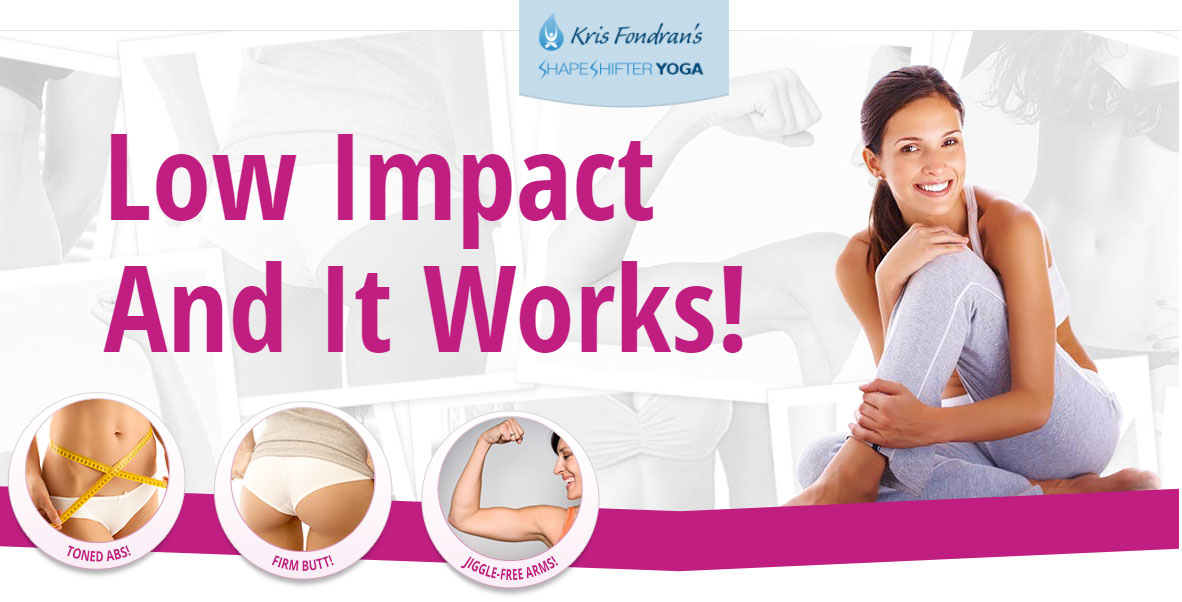
Hot Yoga and Bikram Yoga
Hot Yoga and Bikram Yoga are practiced in a heated room, in an intense way. With a temperature of at least 40 degrees, the climate in India is simulated as much as possible.
A class lasts about an hour and a half and is usually performed dynamically twice in the same fixed series of 26 yoga postures. It is a very intensive and dynamic form of yoga, where you will sweat a lot and evacuate a lot of toxins.
The heat in the room combined with the intensity of the exercises makes this style of yoga difficult and therefore not for everyone. It is not recommended for people with high blood pressure or heart problems, for example.
The founder of Bikram Yoga is Bikram Chaudhuri who has patented this style of yoga. If a class is not fully compliant with Bikram's certification and guidelines, it should not be called a Bikram (there is quite a bit of controversy about this).
Hot Yoga is a collective name for all other intensive and dynamic yoga classes given in a room heated to at least 35 degrees.
Jivamukti Yoga
Jivamukti Yoga is a young style of yoga developed in 1984 by Sharon Gannon and David Life in New York City.
His style is based on dynamic forms of yoga such as Ashtanga Yoga. It is characterized by both physical and spiritual intensity. In addition to performing the dynamic flow yoga postures in a Jivamukti class, there is always a focus on five central principles:
• Shastra
• Bhakti
• Ahimsa
• Nada
• Dhyana
Yin Yoga
A relatively new style of yoga in yoga rooms is Yin Yoga. Yin Yoga was developed in opposition to the active "yang" forms of yoga such as Ashtanga, Vinyasa and Power Yoga. The postures are maintained for a long period of time (5 to 10 minutes) in the most complete relaxation possible.
As a result, they do not act on your muscles but on your joints and connective tissue. The style is partly based on the traditional Chinese meridian system which is also used in acupuncture.
The aim is to stimulate the energy channels of these tissues, to promote blood circulation and to create more flexibility.
Yin Yoga is very calm and meditative. Indeed the postures are maintained for a long time, at a very slow pace. A true meditative practice, yin yoga is a perfect example of the link between body and mind.
The main founders (but not the only ones) of Yin Yoga are Paul Grilley and Sarah Powers. If you wish to practice this style, consider having a set of yoga blocks, very useful for a good support during long poses.
Restorative Yoga, its main goal is to heal and restore the body and mind through simple yoga postures that often last up to 20 minutes. It is often practiced with yoga props.
Not only blocks, but also meditation cushions, benches and yoga belts. It is similar to Yin Yoga, but in this style of yoga the emphasis is less on flexibility and more on deep relaxation and recovery.
Yoga Nidra
Yoga Nidra means "yoga sleep", it is the most peaceful form of yoga on the list. It is an exercise for the deepest possible relaxation while maintaining mindfulness, equivalent to lucid sleep.
The practice of Yoga Nidra is done lying on your back in the Savasana position (arms spread at 45° from the body). The teacher will guide you with exercises of relaxation and mental visualization, or even meditation. The goal is to stay awake while concentrating on your breathing or a part of your body. Most often this practice is accompanied by the recitation of Mantra.
Yoga Nidra helps reduce tension and anxiety as well as relieve associated symptoms such as headaches, dizziness, chest pain, palpitations, sweating and stomach aches. It may also help to combat sleep disorders.
It is even used for veterans in the treatment of post-traumatic stress disorder.
Kundalini Yoga
Kundalini Yoga or Yoga of Consciousness is a style of yoga designed to generate energy in the spine. Kundalini yoga classes are a blend of practices that include :
• Meditation.
• Breathing techniques such as alternate nostril breathing.
• Chanting (its Mantra form).
• Dynamic or static yoga postures.
• The exercises are mostly repetitive and therefore meditative.
Accessible to all, Kundalini Yoga develops optimism, joy of life and control over one's emotions. Anti-stress, it allows a recharge of vital energy.
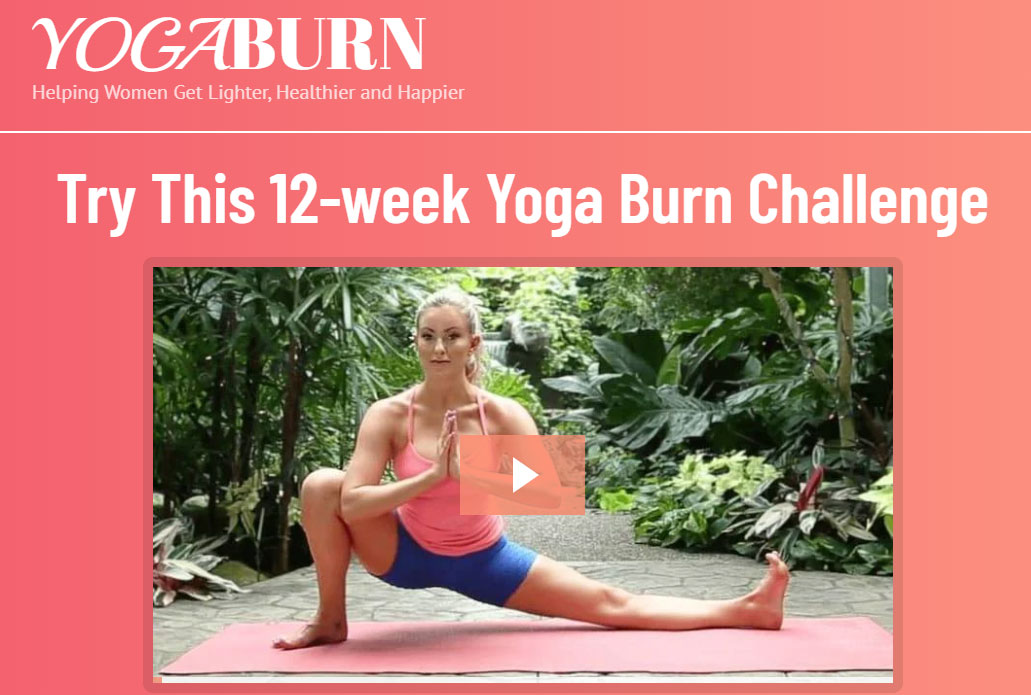
Conclusion
This list is by no means exhaustive. Indeed there are a lot of styles of yoga, we have chosen to present the main ones.
Some like Kriya Yoga, Dru Yoga, Kripalu Yoga, Satyananda Yoga are also very popular.
Nevertheless, we think that with the above list, we already give you a good bass to guide you towards an appropriate style that will best suit your expectations.


